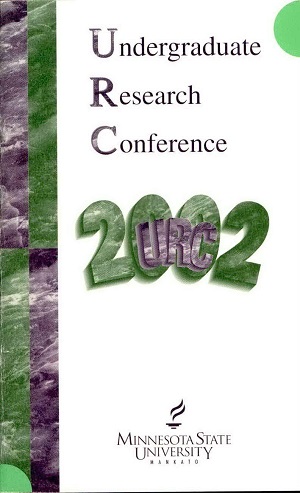Understanding Forensic Anthropology
Location
CSU
Student's Major
Anthropology
Student's College
Social and Behavioral Sciences
Mentor's Name
Paul Brown
Mentor's Department
Anthropology
Mentor's College
Social and Behavioral Sciences
Description
This study attempts to convey an understanding of forensic anthropology and how it can be used to benefit homicide investigations. Often, forensic anthropological methods are a "last ditch" effort for law enforcement because all other conventional methods have been exhausted. Forensic anthropology is a multi-faceted discipline with techniques from physical anthropology, archaeology, anatomy, and law enforcement. In the laboratory analysis of evidence, forensic anthropologists are trained to determine age, sex, height, signs of trauma, and pathological uniqueness of the remains. Not all cases can be solved through conventional methods and on the same note, not all cases can be solved using forensic anthropology either. By working in conjunction with local law enforcement, forensic anthropology increases the opportunity for solving and clearing cases.
Understanding Forensic Anthropology
CSU
This study attempts to convey an understanding of forensic anthropology and how it can be used to benefit homicide investigations. Often, forensic anthropological methods are a "last ditch" effort for law enforcement because all other conventional methods have been exhausted. Forensic anthropology is a multi-faceted discipline with techniques from physical anthropology, archaeology, anatomy, and law enforcement. In the laboratory analysis of evidence, forensic anthropologists are trained to determine age, sex, height, signs of trauma, and pathological uniqueness of the remains. Not all cases can be solved through conventional methods and on the same note, not all cases can be solved using forensic anthropology either. By working in conjunction with local law enforcement, forensic anthropology increases the opportunity for solving and clearing cases.



